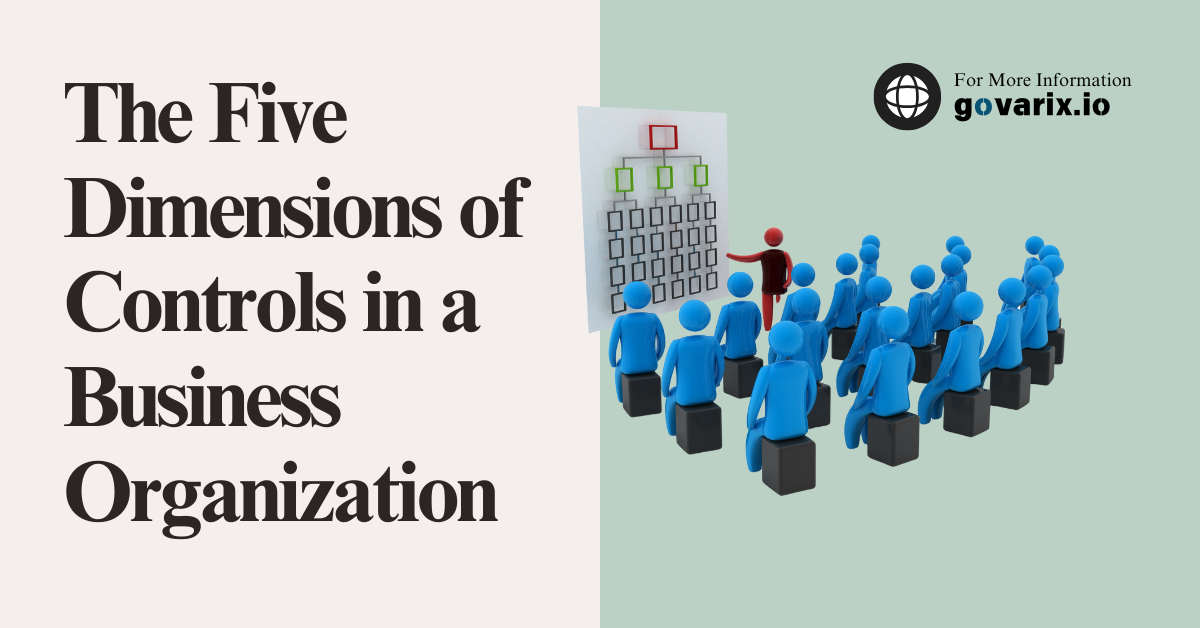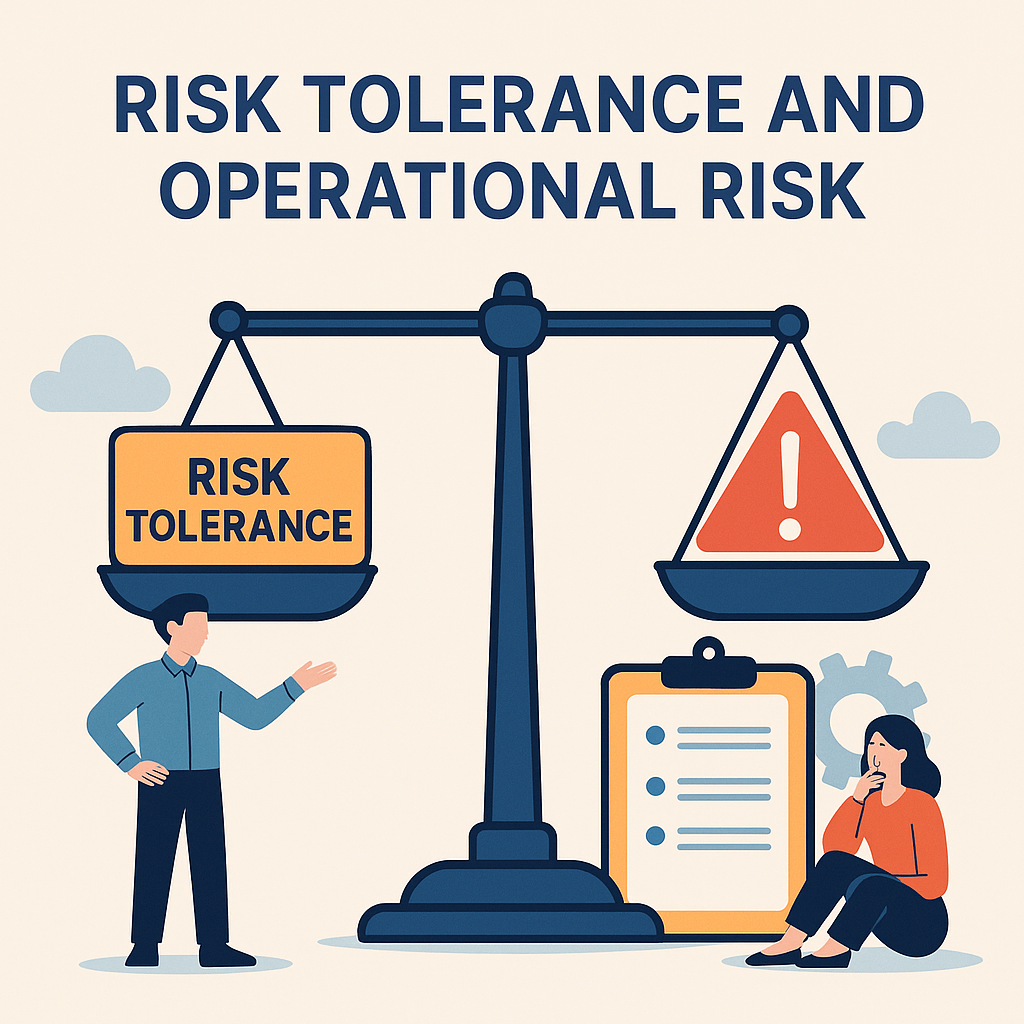Introduction
Effective business controls are essential for ensuring operational efficiency, regulatory compliance, risk mitigation, and financial integrity. Every organization must establish a structured control framework to maintain accountability, transparency, and sustainable growth.
This guide explores the five key dimensions of controls in a business organization, explaining their significance, real-world applications, and best practices for implementation.
This article looks into controls from a different perspective, rather than the traditional approach of having Preventive, Detective and Corrective.
Strategic Controls
Strategic controls ensure that an organization’s long-term goals, business strategy, and risk appetite remain aligned with its mission and vision. These controls help executives assess performance, adapt strategies, and optimize decision-making.
📌 Example:
✅ Tesla’s R&D Investments – Tesla maintains strategic control by ensuring that all R&D spending aligns with its long-term vision of electric and autonomous vehicles.
✅ Key Elements of Strategic Controls:
✔️ Performance Metrics – KPIs linked to strategic goals (e.g., revenue growth, market expansion).
✔️ Corporate Governance – Board oversight and executive accountability.
✔️ Scenario Planning & Adaptability – Monitoring external risks (e.g., economic downturns).
✅ Best Practices:
- Conduct quarterly strategy reviews to ensure market relevance.
- Implement Balanced Scorecards (BSC) to track performance.
- Use enterprise risk management (ERM) to align risk appetite with strategy.
Operational Controls
Operational controls focus on the day-to-day activities of an organization, ensuring efficiency, productivity, and adherence to business processes. These controls help minimize waste, fraud, errors, and inefficiencies.
📌 Example:
✅ Amazon’s Supply Chain Automation – Amazon uses AI-driven operational controls to streamline inventory management and delivery processes, reducing operational risks.
✅ Key Elements of Operational Controls:
✔️ Standard Operating Procedures (SOPs) – Clear guidelines for employees.
✔️ Process Automation – AI, ERP, and workflow automation.
✔️ Quality Assurance & Compliance – Ensuring consistency in service/product delivery.
✅ Best Practices:
- Regularly update operational policies and procedures.
- Leverage technology (AI, IoT, predictive analytics) to automate operations.
- Conduct performance audits to identify inefficiencies.
Financial Controls
Financial controls safeguard an organization’s assets, cash flow, investments, and financial reporting integrity. These controls help detect fraud, mismanagement, and compliance violations.
📌 Example:
✅ Enron Scandal & SOX Compliance – After Enron’s financial fraud, businesses now follow the Sarbanes-Oxley Act (SOX), implementing stricter financial controls to ensure transparency.
✅ Key Elements of Financial Controls:
✔️ Internal Audits & External Audits – Ensuring compliance with financial regulations.
✔️ Budgeting & Forecasting – Allocating resources effectively.
✔️ Fraud Detection & Prevention – Implementing anti-money laundering (AML) measures.
✅ Best Practices:
- Implement segregation of duties (SoD) to prevent financial fraud.
- Conduct regular financial reconciliations.
- Use AI-powered financial analytics to detect anomalies in transactions.
Compliance & Regulatory Controls
Regulatory controls ensure that a company adheres to local, national, and international laws and regulations. Failing to comply with regulatory requirements can result in heavy fines, legal actions, and reputational damage. Also explore compliance related articles.
📌 Example:
✅ GDPR & Data Privacy Compliance – Companies operating in the EU must follow General Data Protection Regulation (GDPR) rules to protect consumer data.
✅ Key Elements of Compliance Controls:
✔️ Legal & Ethical Guidelines – Ensuring adherence to business laws.
✔️ Data Protection & Cybersecurity – Preventing data breaches.
✔️ Anti-Bribery & Anti-Corruption Policies – FCPA and global compliance rules.
✅ Best Practices:
- Establish a Compliance & Risk Management Department.
- Conduct regular compliance training for employees.
- Use compliance tracking software for real-time reporting.
IT & Cybersecurity Controls
With increasing reliance on technology, businesses must implement robust IT and cybersecurity controls to protect against cyberattacks, data breaches, and system failures.
📌 Example:
✅ Banking Sector & Cybersecurity – Financial institutions use multi-factor authentication (MFA), firewalls, and AI-driven fraud detection to prevent cyber threats.
✅ Key Elements of IT & Cybersecurity Controls:
✔️ Access Control Management – Restricting unauthorized access.
✔️ Data Encryption & Backup – Protecting sensitive information.
✔️ Incident Response Plans – Handling cybersecurity breaches effectively.
✅ Best Practices:
- Regular penetration testing to identify system vulnerabilities.
- Train employees on cybersecurity best practices (e.g., phishing awareness).
- Ensure data backup & disaster recovery mechanisms are in place.
Summary Table
| Control Dimension | Objective | Example | Best Practices |
|---|---|---|---|
| 1. Strategic Controls | Align risk appetite with business goals | Tesla’s investment in sustainable technology | Use Balanced Scorecards (BSC) |
| 2. Operational Controls | Ensure efficiency & risk mitigation | Amazon’s AI-driven logistics automation | Implement SOPs & process automation |
| 3. Financial Controls | Protect assets & ensure financial transparency | SOX compliance after Enron scandal | Conduct internal audits & fraud detection |
| 4. Compliance Controls | Adhere to laws & regulations | GDPR compliance for data protection | Provide compliance training & audits |
| 5. IT & Cybersecurity Controls | Protect digital assets & prevent cyber threats | MFA in banking cybersecurity | Conduct penetration testing & data encryption |
Final Thoughts on Why Businesses Must Strengthen Their Control Dimensions
A strong business control framework is essential for ensuring sustainable growth, risk management, and operational efficiency. By implementing and continuously improving strategic, operational, financial, compliance, and IT controls, organizations can safeguard against fraud, inefficiencies, and regulatory failures.
References & Further Reading
- Corporate Governance & Risk Control Best Practices (2024)
- Institute of Internal Auditors (IIA) Control Frameworks
- ISO 27001 Cybersecurity Framework – www.iso.org
- Sarbanes-Oxley Act (SOX) Compliance Guide – www.sec.gov
- GDPR Data Protection Guidelines – www.eugdpr.org








